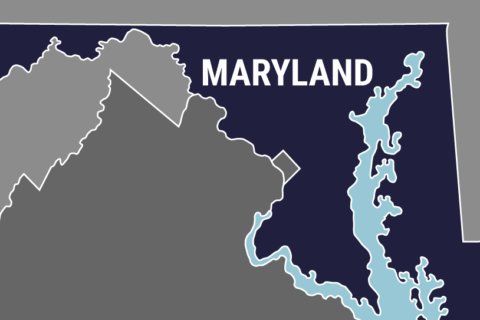ANNAPOLIS, Md. — In the three months since its implementation, Maryland’s “red flag” gun safety law has prompted more than 300 protective orders across the state, law enforcement officials told state lawmakers Tuesday.
In effect since Oct. 1, the Maryland Extreme Risk Protective Order — also known by the acronym ERPO — or “red flag” law is a court-issued civil order that temporarily requires an individual posing an immediate danger or threat to surrender their firearms and ammunition to law enforcement. It also prohibits the individual — or respondent — from purchasing or possessing firearms or ammunition while in effect, according to the Maryland courts website.
The petition for the order asks for details concerning the respondent’s risk of danger to themselves or others, their behaviors and their firearms — and is then filed with a District Court.
Petitioners able to request orders in Maryland include spouses and intimate partners, family members, law enforcement officers or medical professionals who have examined the respondent.
From Oct. 1 to Dec. 31, 302 petitions have been filed across the state, with Anne Arundel, Harford and Baltimore counties having the most orders, said Montgomery County Sheriff Darren Popkin.
Since going into effect, use of the law has alleviated concerns that it was just an “inappropriate gun grab,” and has “saved lives,” said state Del. Geraldine Valentino-Smith, D-Prince George’s, one of the bill’s initial sponsors.
When the order is terminated or expires, the respondent may request return of their firearms and ammunition, provided they’re not otherwise prohibited from possessing them.
Still, organizations promoting gun owners’ rights in Maryland have expressed their opposition to the law, even before it was signed and placed into effect.
In a letter written by Maryland Shall Issue, an organization dedicated to the preservation of gun owners’ rights, the group’s president, Mark Pennak, urged Maryland Gov. Larry Hogan to veto the bill last year, stating that it was “a grossly illegal, partisan attack on gun ownership in Maryland.”
The Republican governor signed the bill on April 24.
A majority of the “red flag” orders in Maryland were filed by family members or household members, primarily about mental health concerns, with others being placed by law enforcement officials or health professionals, Popkin said.
“Orders are not only being issued appropriately, but are also saving lives,” Popkin said.
After high school shootings in Florida and Maryland prompted conversations about gun safety in early 2018, it was decided that the petitions can be filed against a minor.
At least five of the orders have been school-related threats, with four being significant enough to seize firearms, Popkin said.
There was no “red flag” process in Maryland before this law went into effect Oct. 1, and Valentino-Smith said she supports re-evaluating the law after its first year.
In November, an armed Anne Arundel County man was fatally shot by county officers during a struggle over a gun while he was being served a red flag order.
“It makes you take a double take and question due process,” said Del. Robin Grammer, R-Baltimore County, commenting on how someone had been fatally shot in the few short months the law has been in place.
Confidentiality rules included with the law do not allow for the disclosure of case details.
In Anne Arundel County, 47 orders have been filed between Oct. 1 and Dec. 31, the highest in the state. This could be due to a greater awareness in the county, Popkin said.
At the Capital Gazette newsroom in Annapolis, Maryland, five staff members were fatally shot in June. The man charged in the killing had a long-running grudge against the newspaper. He has pleaded not guilty.






